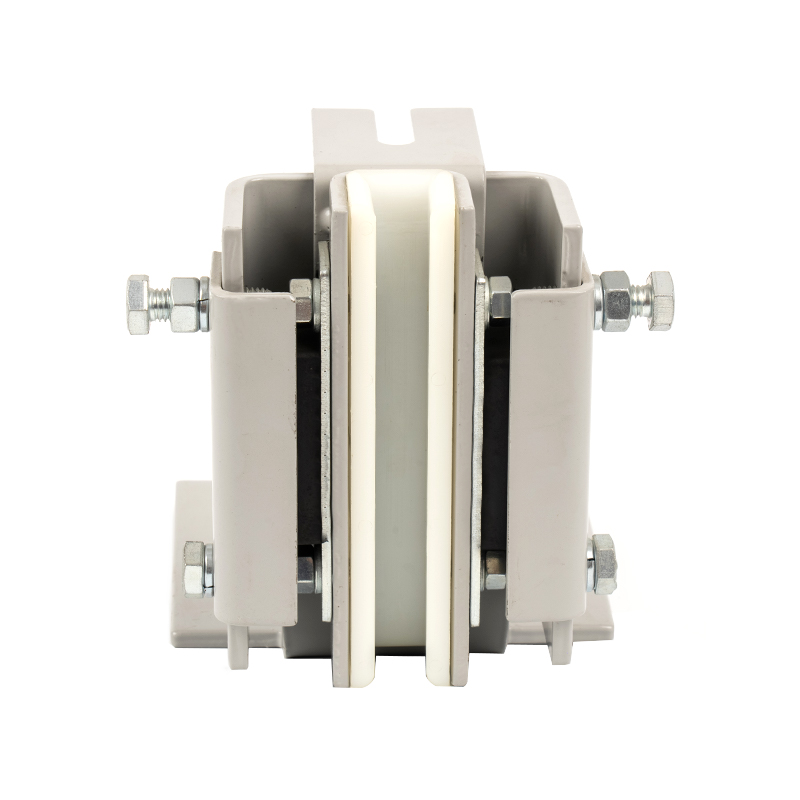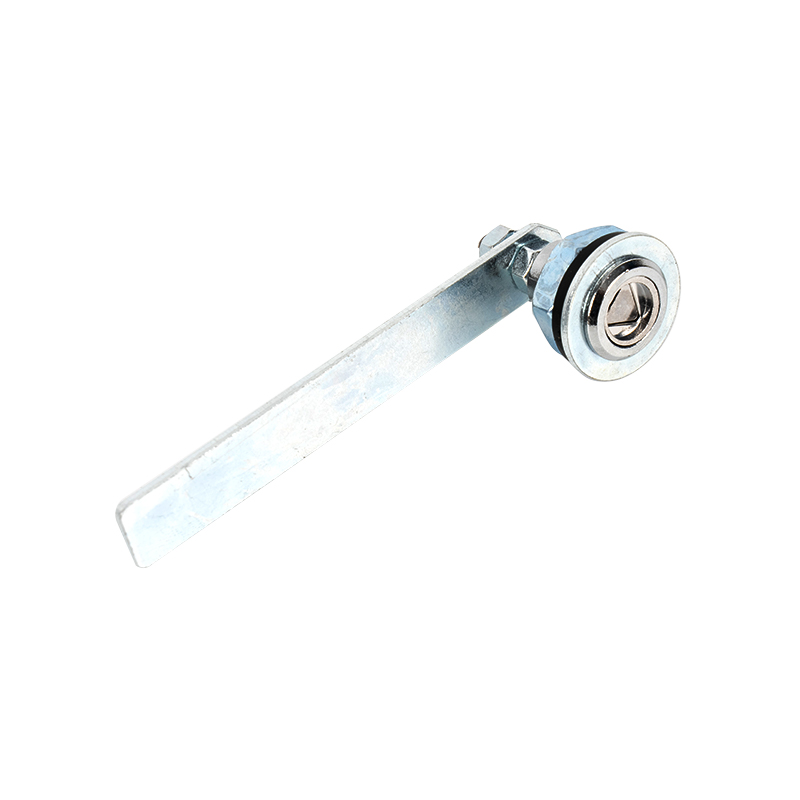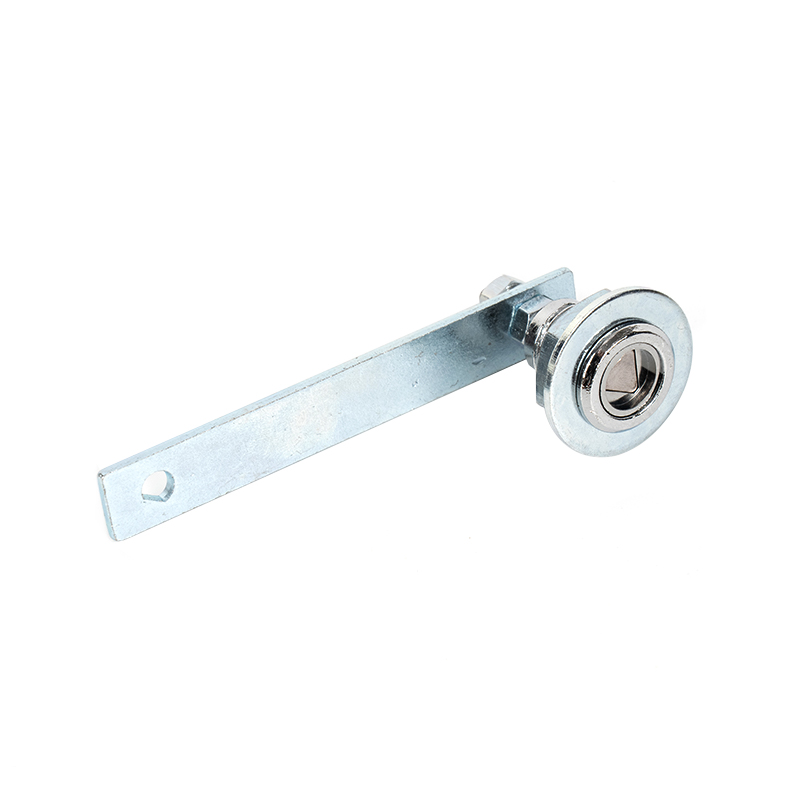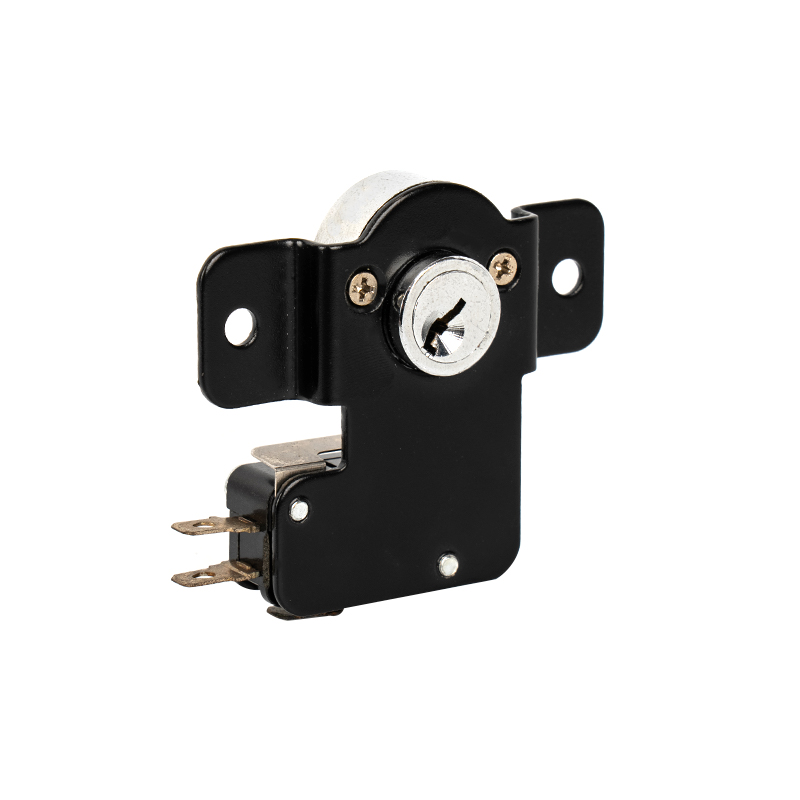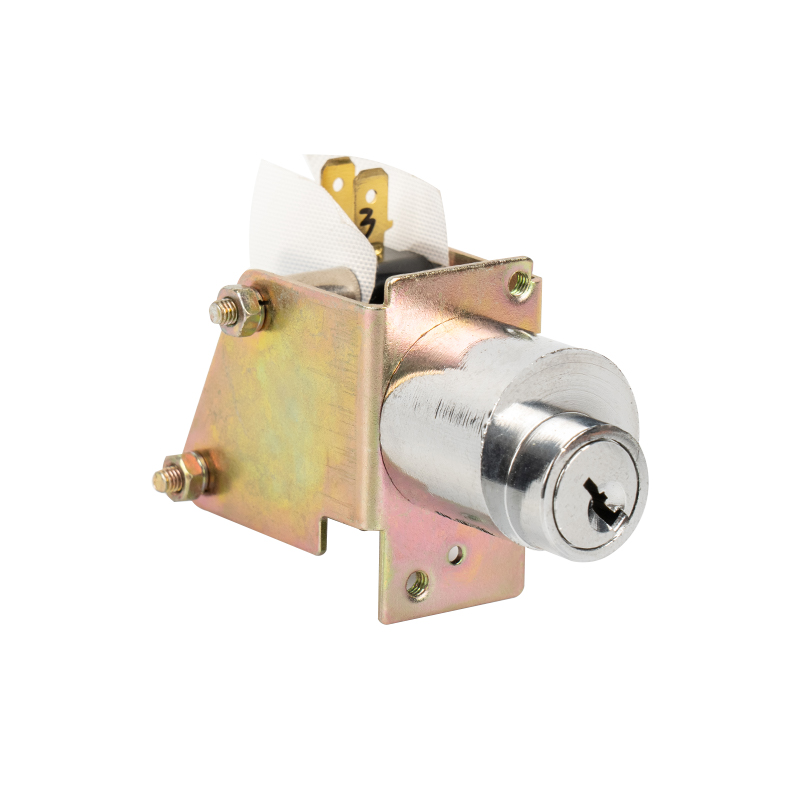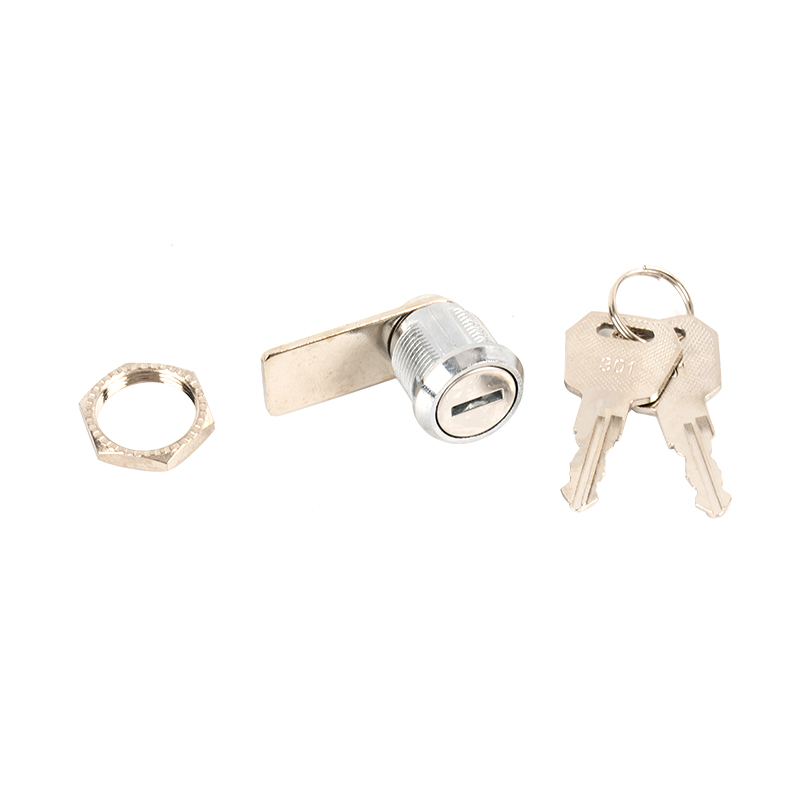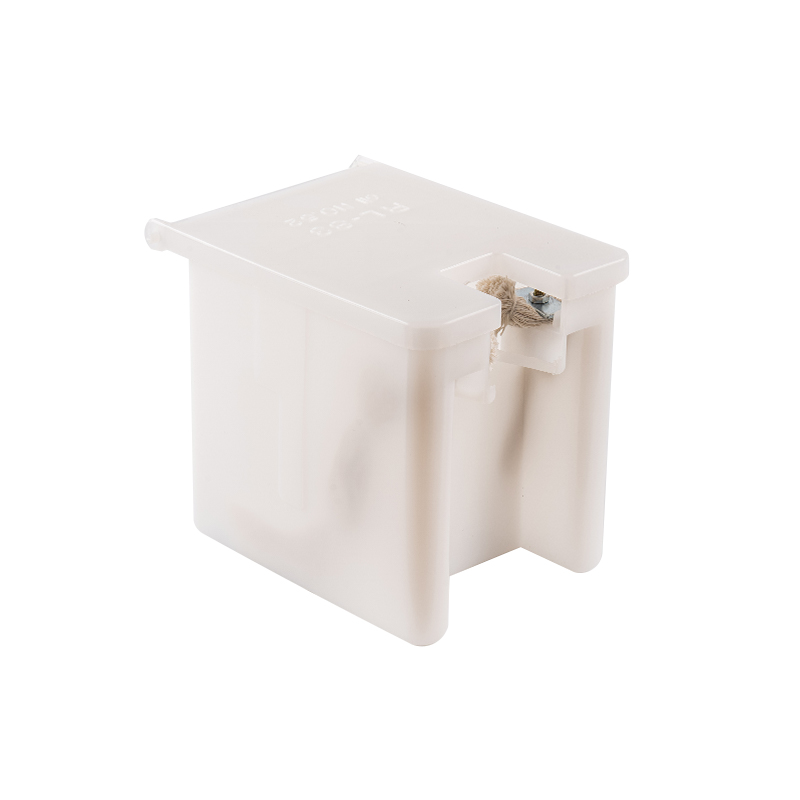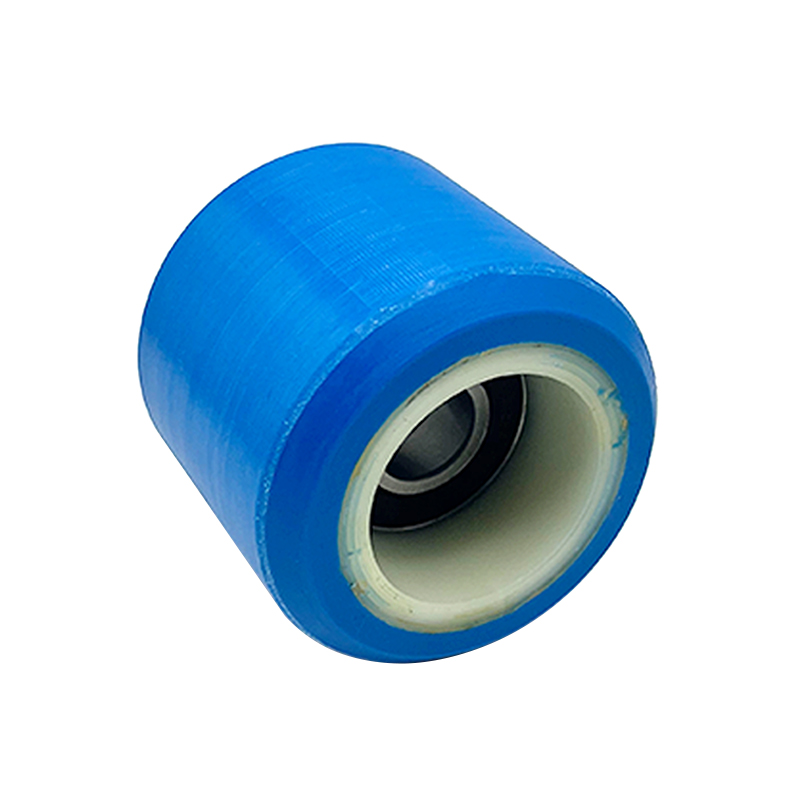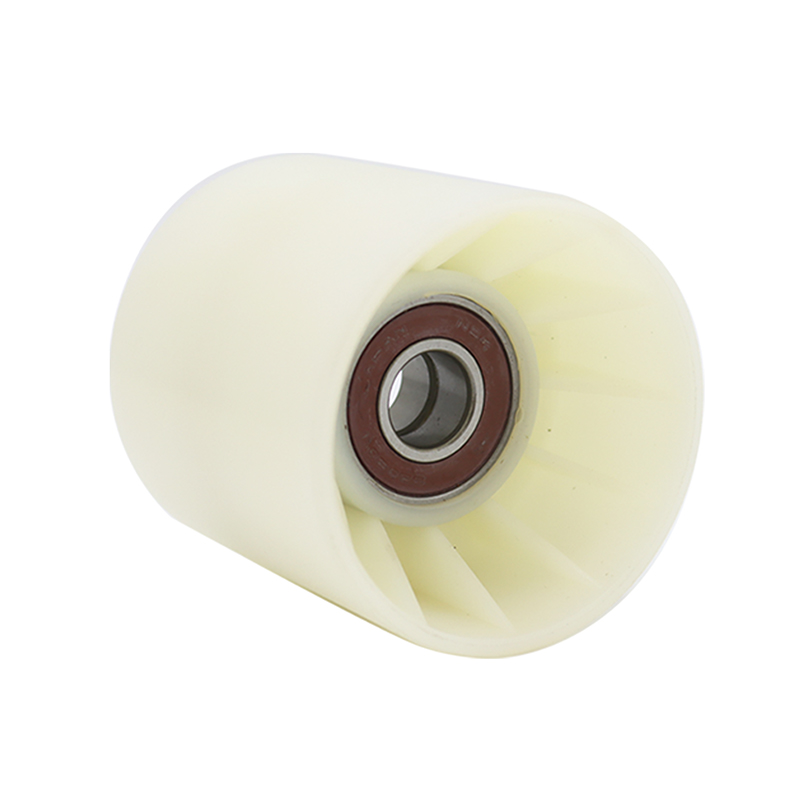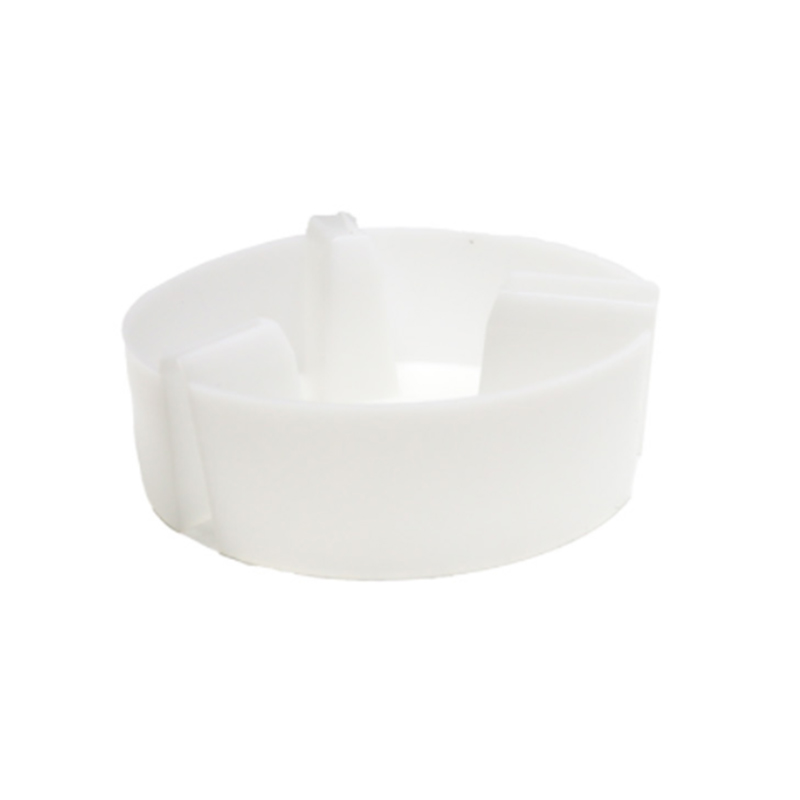1. Core Function and High Load
Ø Vertical Load-bearing Core
Escalator Roller bearing ≥600kg: The main roller of the step needs to bear the weight of the step (40-80kg) and the weight of the passengers (single step ≥600kg). Long-term heavy load leads to metal fatigue and cracking of the polyurethane rubber layer. The aging of the outdoor escalator roller accelerates the hardening of the rubber coating due to ultraviolet rays. When the crack depth is greater than 2mm, the risk of sudden fragmentation increases by 300%.
Ø Horizontal Guidance
Lateral offset tolerance ≤1.5mm: The guide wheel constrains the lateral displacement of the step. Once the wheel flange wears beyond the limit (such as V-groove wear >1mm), the step is easy to derail and get stuck.
Asymmetric wear chain reaction: rust on one side of the guide wheel will cause the step to tilt, causing the comb plate to collide (the gap >4mm will trigger the protection switch to stop the escalator).
Ø Dynamic buffer hub
Absorb chain pulsation impact: elastic hub (such as EPDM rubber) attenuates vibration, but the buffer fails after the grease dries up, and the acceleration exceeds the standard (> 0.5m/s²), causing passengers to fall.
2. Chain reaction of seal failure
|
Failure stage |
Direct consequences |
Final impact |
|
Seal damage |
Grease leakage (loss rate > 30%/month) |
The bearing temperature rises to above 120℃ due to dry friction |
|
Dust intrusion |
PM10 particles embedded in the bearing raceway (shopping environment > 100 μg/m³) |
Forming furrow-like scratches, increasing the wear rate by 3 times |
|
Bearing corrosion |
Rust on raceway (especially in seawater/humid environment) |
Rolling resistance increased by 200%-300% |
|
Cage fracture |
The ball is stuck or falls off |
The steps are tilted and stuck, triggering the safety clamp to malfunction |
3. Special application scenarios
High humidity and easy corrosion environment-
In an environment with humidity> 80%, the rust rate of the roller shaft of the open-air escalator is 50% higher than that in a normal environment, resulting in a narrower shaft diameter and loose fit.
Temperature alternating stress-
At -10℃ in winter, the hardness of polyurethane reaches Shaw A95 (A80 in summer), and low-temperature brittleness causes large-scale peeling of the rubber layer.
Chemical corrosion-
Shopping cleaning agents (containing chlorine) penetrate into the roller bearing, accelerating electrolytic corrosion, and the rust pit depth> 0.5mm needs to be scrapped.


 English
English 中文简体
中文简体
